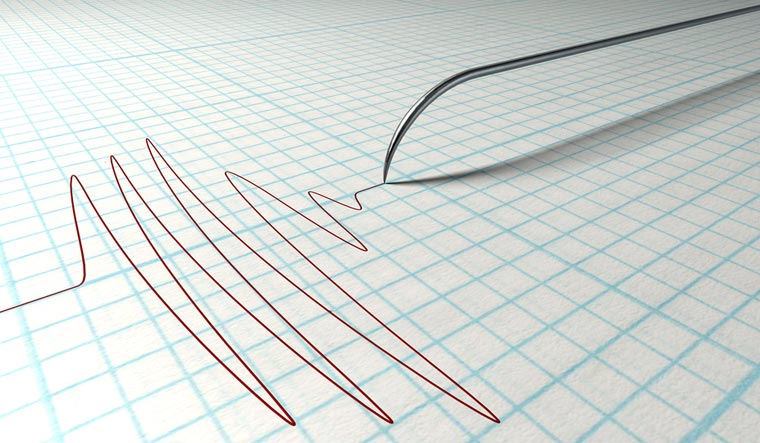Scientists have shown that the lie-detector test that uses a brain imaging technique can be deceived by the using simple mental countermeasures.
The research suggests that more needs to be done to detect these countermeasures to make brain imaging more reliable for forensic applications.
People have certain physical 'tells' when they conceal information—and studies show that good liars can prevent these 'tells' being detected by displaying physical red herrings of their own.
Researchers from the University of Plymouth in the UK and University of Padova in Italy, have shown that even a brain imaging technique called functional Magnetic Resonance Imaging (fMRI), which in theory is much harder to trick, can be beaten by people who use two particular mental countermeasures.
The research, published in the journal Human Brain Mapping, is the first to explore the effects of mental countermeasures on brain activity in fMRI.
It showed that when people used the countermeasures, the test proved to be 20 per cent less accurate.
Concealed information tests work because a person who is hiding something will 'give away' what they are concealing when faced with it in a list.
For example, if a thief has stolen a diamond ring, the ring will be more striking to the thief than similar control items such as necklaces and bracelets—and the thief will show physiological signs that reveal their guilt.
However, these tests based on physiological signs are easy to beat as perpetrators can artificially alter them when seeing a control item, therefore confusing the test.
To overcome this problem, researchers moved to methods that look directly at brain activation using fMRI.
An fMRI machine tracks blood flow to activated brain areas. The assumption in concealed information detection is that the brain will show signs of recognition when presented with the concealed items while exerting extra effort to conceal signs of such recognition, and so the brain regions that do more work will get more blood.
Such regions light up in scans, and they are primarily involved in directing attention and in decision making.
In the study, participants were asked to conceal information about a 'secret' digit they saw inside an envelope.
Researchers taught 20 participants two mental countermeasures. The first was to associate meaningful memories to the control items, making them more significant.
The second was to focus on the superficial aspects of the item they were trying to conceal, rather than on the experience of familiarity it evokes, in order to make it less significant.
The results showed that these countermeasures lowered the accuracy of the test by about 20 per cent because it was more difficult for fMRI to find any differences in brain activity.
Thus, participants were more likely to be able to hide their concealed information item when using the mental countermeasures.
The research team concluded that in order to improve the robustness of the test, future work needed to identify a way of detecting mental countermeasures, and potentially look at conducting whole-brain analyses, rather than just examining regions of interest.
"None of our participants were seasoned liars or criminals, they were just everyday people, so before this test can even be considered for forensic use, there must be further studies carried out to help identify when someone is using mental countermeasures," said Chun-Wei Hsu, a researcher at University of Plymouth.



